Yoga Nidra (conscious relaxation)
Discover the Power of Yoga Nidra: Deep Relaxation for the Body and Mind Yoga Nidra: Unlocking Deep Relaxation and Inner Calm Yoga Nidra, often referred to as “yogic sleep,” is a powerful relaxation technique that guides practitioners into a state of profound rest while remaining conscious. Unlike traditional meditation, Yoga Nidra is practiced lying down, […]
Heart Breathing – A Simple Technique To Raise Your Vibration With Your Hearts Breath
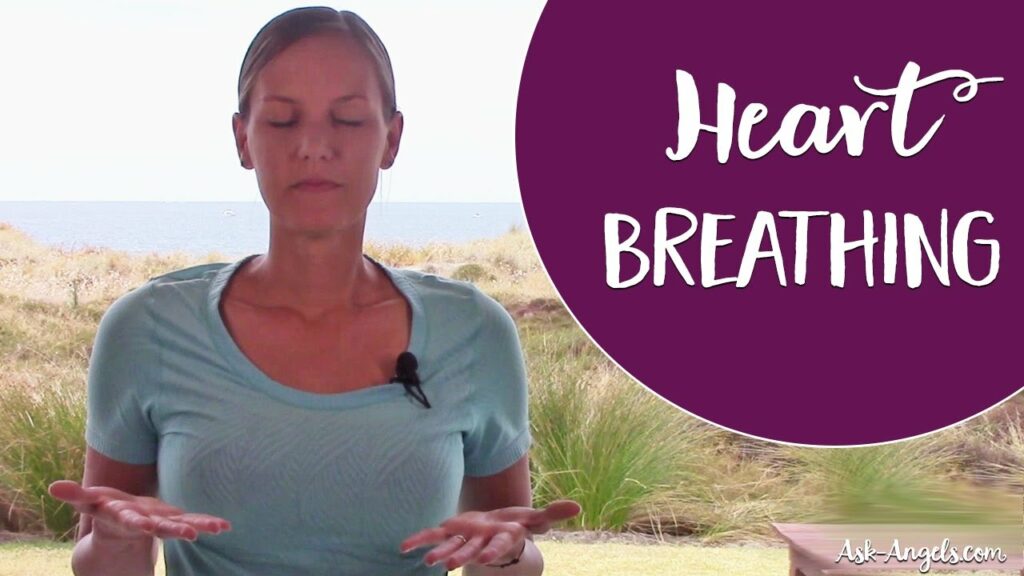
Heart Breathing: Elevating Your Vibration with the “Heart Breath” Technique Cultivating Inner Radiance and Spiritual Connection In today’s fast-paced world, finding moments of calm and connection is essential for our overall well-being. Melanie Beckler, a renowned spiritual teacher and author, offers a simple yet powerful technique called “heart breathing” or “heart breath meditation.” This technique […]
VISUALIZATION HACK MANIFESTS IN 30 DAYS – Neville Goddard – Reborn With Michael
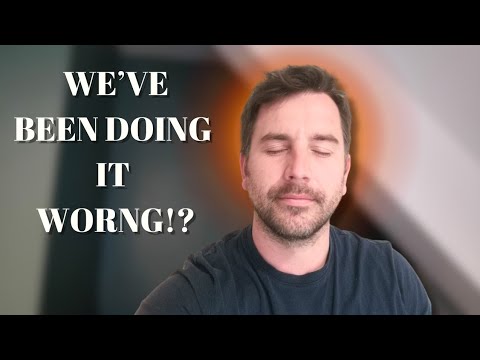
Mastering the Art of Visualization: Transform Your Life in 30 Days Simplified Techniques from Neville Goddard and Michael Watson Introduction to Visualization Hello there, and welcome back to Reborn with Michael Watson. Today, we are diving deep into the art of visualization, a powerful tool that can change your life in just 30 days. While […]
How to Turn Off a Song In Your Head
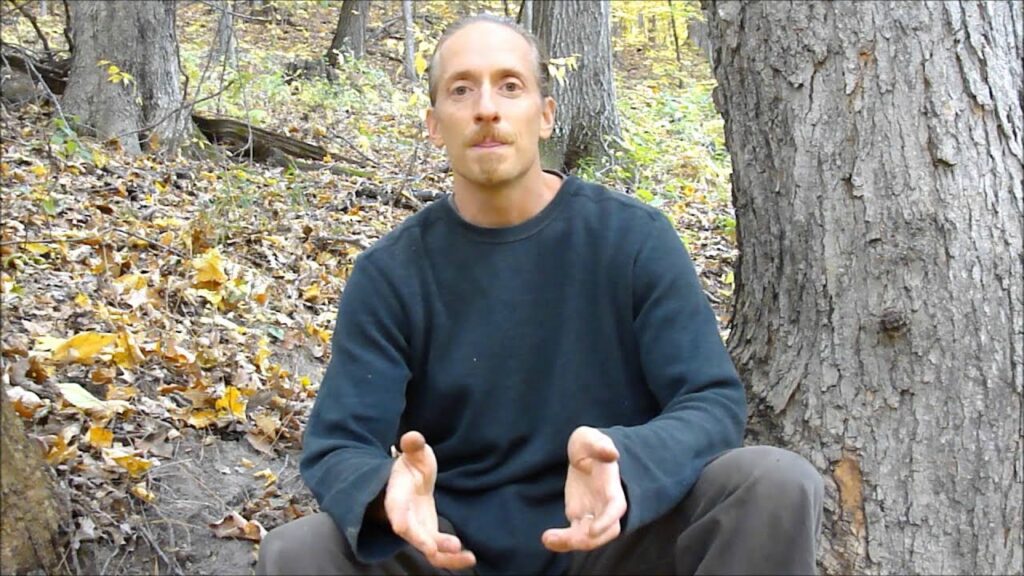
How to Turn Off a Song In Your Head: A Mindfulness Approach By Nathan – Expert in Rewilding and Bushcraft Have you ever had a song stuck in your head while trying to enjoy nature? Nathan, an expert in rewilding and bushcraft, addresses this common issue. This article delves into his unique method to free […]
Gregg Braden – A Complete Guide to Harmonizing Your Mind, Body, and Spirit
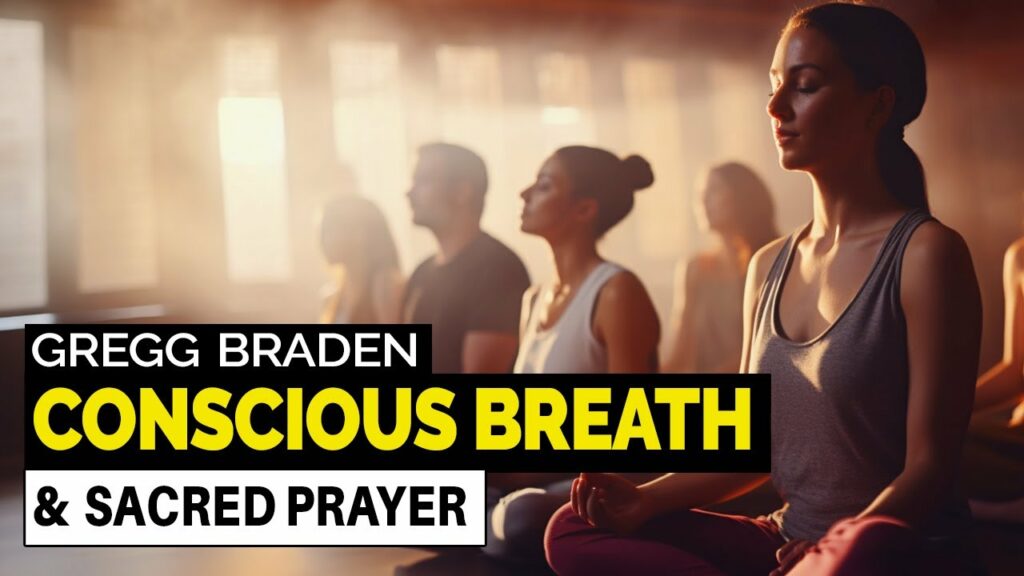
A Complete Guide to Harmonizing Your Mind, Body, and Spirit by Gregg Braden Integrating Scientific Discoveries and Ancient Wisdom for Optimal Health For over 30 years, Gregg Braden has been at the forefront of merging science and spirituality, presenting new discoveries through his unique perspective as a scientist. His work aims to bridge the gap […]
Meditation Basics – MindScience 001
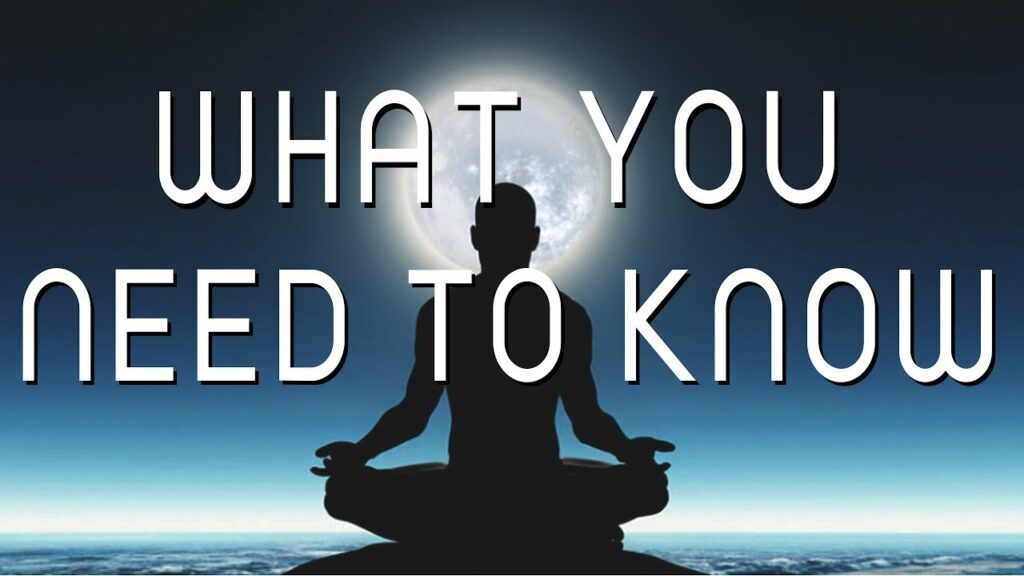
Mastering Meditation: A Beginner’s Guide by Aaron from MindScience Unlocking the Secrets of Mindfulness and Inner Peace Introduction to Meditation and the Series Welcome to the first episode of the “MindScience” series by Aaron. This new segment is dedicated to exploring the science of the mind. In this episode, Aaron delves into the basics of […]
Guided Meditation For Empaths (528 Hz) – Kyle Cease
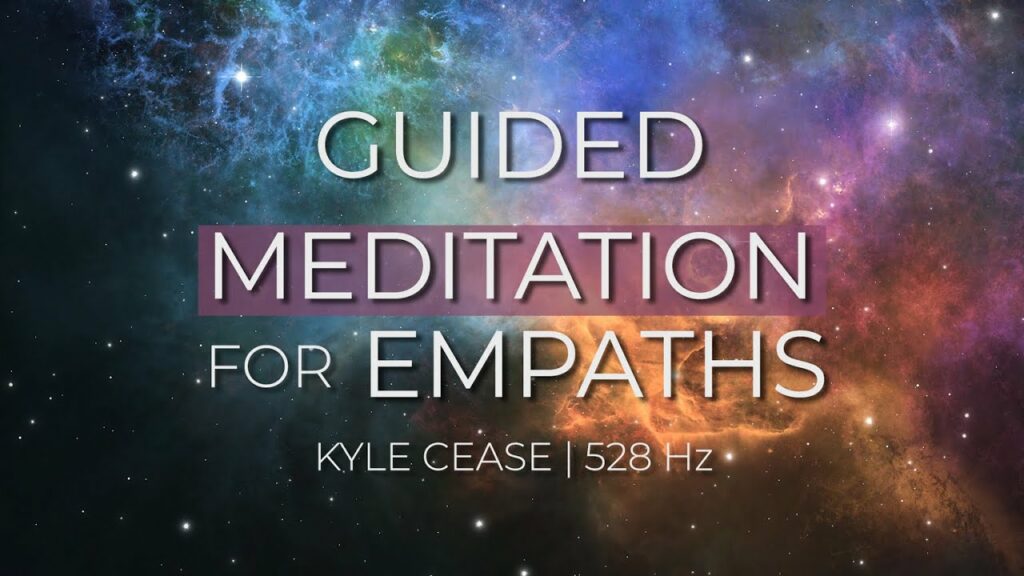
Unlocking Inner Peace: A Journey Through Guided Meditation for Empaths In today’s fast-paced world, finding moments of tranquility and inner peace can feel like a rare luxury. As empaths, individuals who are highly sensitive to the emotions and energies of others, navigating through life’s complexities can be particularly challenging. However, amidst the chaos, there exists […]
Guided Meditation For Releasing Shame – Kyle Cease
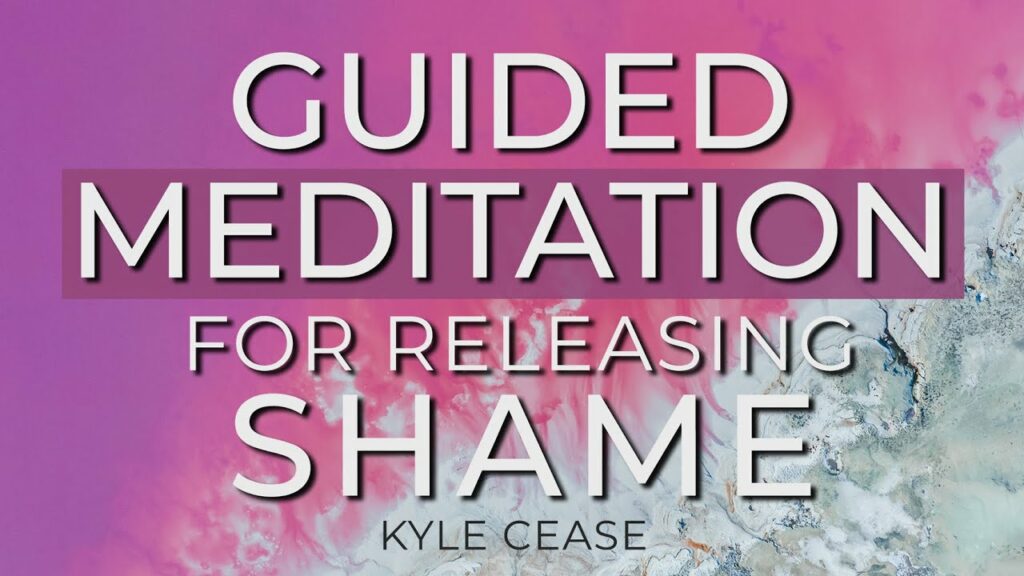
The Healing Power of Compassionate Meditation: Releasing Shame with Kyle Cease In today’s fast-paced world, where stress and anxiety seem to be constant companions, finding moments of inner peace and healing is essential. One powerful tool for achieving this is guided meditation, particularly when focused on releasing deep-seated emotions like shame. Kyle Cease, a renowned […]
5 Minute Breathing Exercise – Rick Rubin & Andrew Huberman
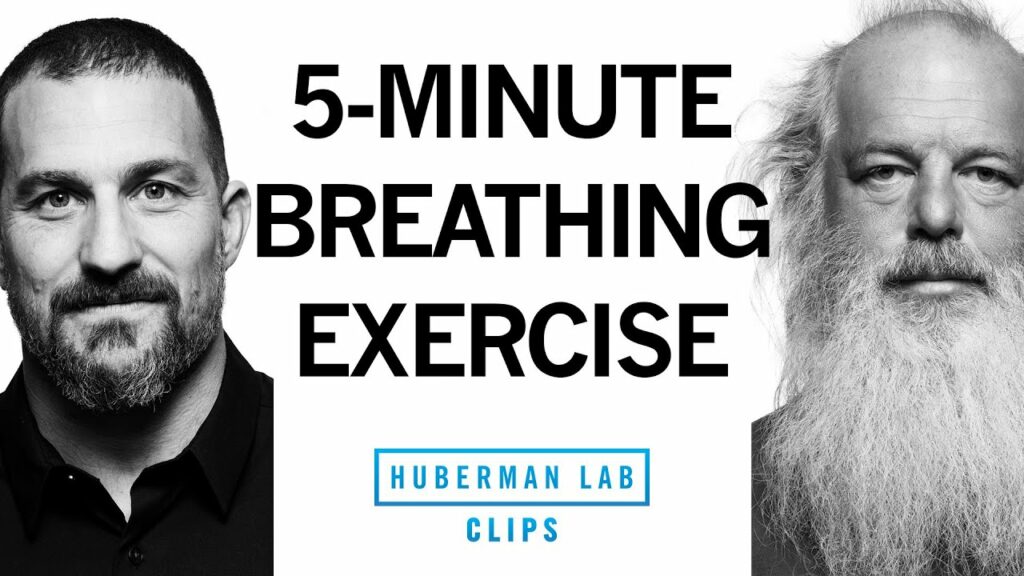
Enhancing Heart Rate Variability: A Coherence Breathing Exercise In this article, we explore a coherence breathing exercise designed to increase heart rate variability (HRV) and promote relaxation and well-being. Developed as a tool for enhancing HRV, this exercise offers a simple yet effective way to manage stress and improve overall health. Shop Huberman On Amazon […]
How to Naturally Increase Oxygen – 2 Breathing Exercises
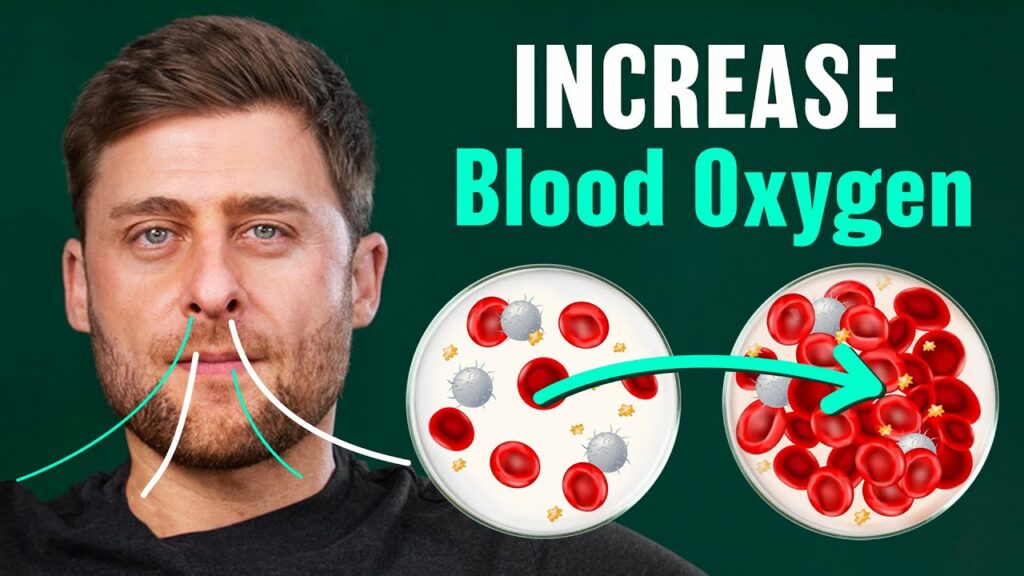
Understanding the Science of Breathing: Optimizing Oxygen Absorption and CO2 Balance Are you struggling with your breathing? Do you find yourself short of breath or feeling dizzy, despite trying to take in more oxygen? You’re not alone. In this enlightening discussion, we delve into the complexities of breathing, uncovering the truth behind oxygen absorption, CO2 […]
9-Day Breathwork Challenge Playlist Of Videos

Ignite Your Energy: A 9-Day Breathwork Challenge for Vitality and Health Breathwork has long been revered as a powerful tool for enhancing vitality, energy, and overall well-being. From ancient yogic practices to modern wellness routines, the act of conscious breathing has been shown to have profound effects on both the body and mind. In today’s […]
15 Minute Guided Breathwork & Meditation – Dispenza Inspired

Harnessing the Power of Breath: A Guided Meditation for Shifting Your Energy Welcome, beautiful souls, to another transformative guided breathwork session. Today, we embark on a journey inspired by the pioneering work of Dr. Joe Dispenza, aimed at aligning our energy with a future reality filled with abundance, joy, and limitless possibilities. Through the power […]
Breathwork: Third Eye Or Pineal Gland Activation
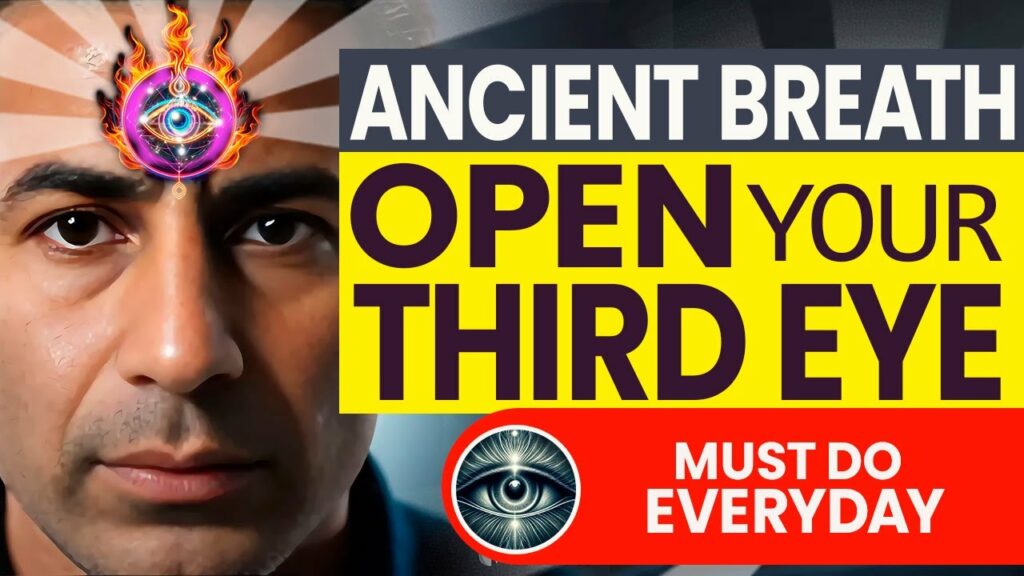
Unlocking Inner Wisdom: Breathing Techniques to Activate Your Pineal Gland and Open Your Third Eye In the quest for spiritual enlightenment and self-discovery, ancient traditions have long recognized the significance of the third eye, also known as the pineal gland. This small gland, located in the brain, is believed to play a crucial role in […]
Wim Hof Breathing Techinique Exercise – Let’s Do It

Mastering the Wim Hof Breathing Technique: A Comprehensive Guide In today’s fast-paced world, stress and anxiety have become all too familiar companions for many. In the pursuit of well-being and vitality, people are turning to alternative methods to manage their mental and physical health. One such method that has gained significant attention is the Wim […]
What Are Wim Hof Records & Incredible Feats

The Ice Man’s World Records & Pushing To The Limit Wim Hof, often dubbed “The Iceman,” stands as a living testament to the extraordinary capabilities of the human body and mind. Through a series of awe-inspiring feats, Hof has shattered conventional notions of what is physically possible, pushing the boundaries of human endurance and resilience […]
